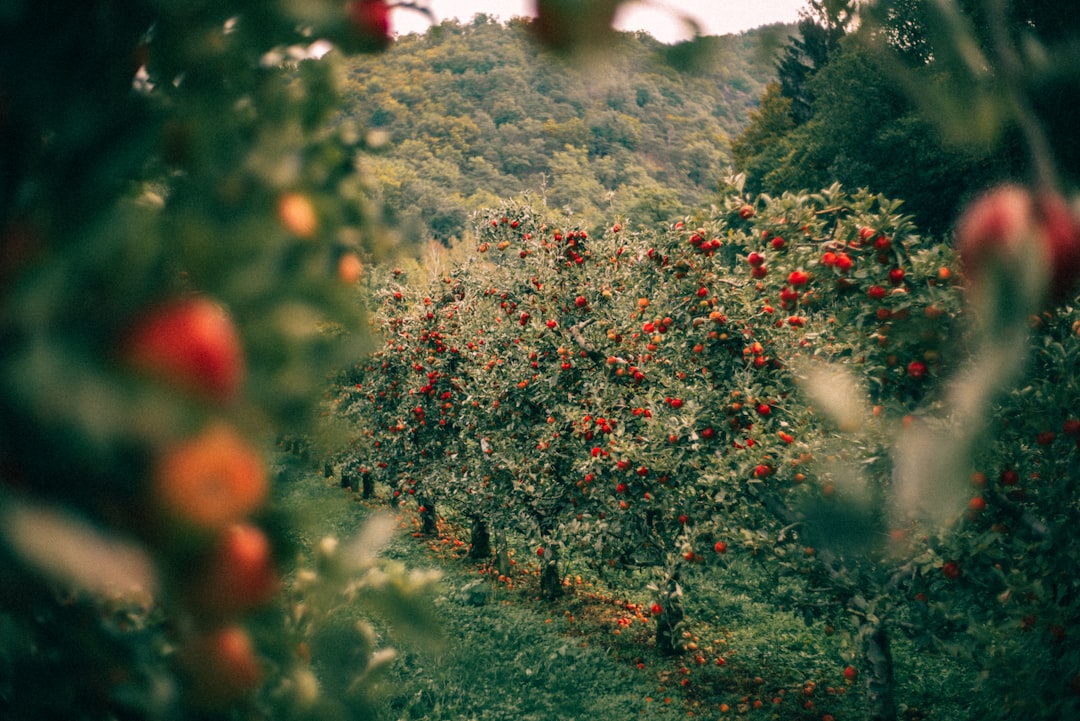Unleashing the Secrets of Mint Harvesting for a Thriving Edible Garden

Edible gardening is a rewarding endeavor, and growing herbs like mint can add a burst of freshness to your culinary creations. Mint is a versatile herb that not only enhances the flavor of your dishes but also offers numerous health benefits. In this article, we will explore the art of harvesting mint to keep your plants more manageable and gather fresh mint leaves for cooking, drying, and storing.
Mint is a hardy plant that grows vigorously, making it essential to harvest it regularly to prevent it from taking over your garden. When it comes to harvesting mint, timing is crucial. The best time to harvest mint is in the morning, after the dew has dried but before the heat of the day sets in. This is when the essential oils in the leaves are at their peak, giving the mint its maximum flavor and aroma.
To harvest mint, you can use a pair of sharp pruning shears or scissors. Start by cutting the stems just above a set of leaves. This will encourage the plant to branch out and produce more foliage. You can harvest as much mint as you need, but be careful not to remove more than one-third of the plant at a time. Over-harvesting can weaken the plant and reduce its productivity.
Once you have harvested your mint, you can use it fresh in a variety of dishes. Mint is a popular ingredient in salads, soups, teas, and cocktails. It pairs well with fruits, vegetables, and meats, adding a refreshing and cooling flavor. You can also use mint to make pesto, salsa, or chimichurri sauce. The possibilities are endless!
If you have more mint than you can use fresh, you can dry it for later use. Drying mint is a simple process that allows you to preserve its flavor and aroma for months. To dry mint, tie the stems together in small bunches and hang them upside down in a warm, dry, and well-ventilated area. You can also place the mint leaves on a baking sheet lined with parchment paper and dry them in the oven at a low temperature. Once the mint is completely dry, you can store it in an airtight container in a cool, dark place.
Another way to store mint is by freezing it. Freezing mint is a great option if you want to preserve its freshness and flavor for a longer period. To freeze mint, wash the leaves and pat them dry. Then, place the leaves in a freezer bag or container and store them in the freezer. You can use frozen mint in smoothies, ice cubes, or as a garnish for your drinks.
In addition to harvesting mint for culinary purposes, you can also use it to keep your plants healthy and pest-free. Mint has natural insect-repellent properties that can help deter pests such as aphids, mosquitoes, and ants. You can plant mint near other plants in your garden to protect them from pests. You can also make a mint spray by steeping fresh mint leaves in water and using the solution to spray your plants.
Overall, harvesting mint is a simple and rewarding process that can enhance the beauty and productivity of your edible garden. By following these tips, you can keep your mint plants more manageable and gather fresh mint leaves for cooking, drying, and storing. So, go ahead and start harvesting your mint today and enjoy the delicious flavors and health benefits that this versatile herb has to offer!
Whether you are a seasoned gardener or a beginner, growing mint is a great way to add a touch of freshness and flavor to your garden. With its easy-to-grow nature and numerous uses, mint is a must-have herb for any edible garden. So, roll up your sleeves, grab your pruning shears, and start harvesting your mint today!